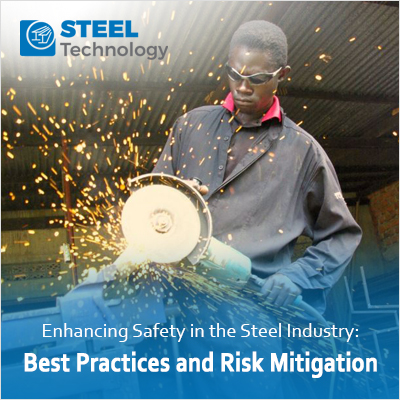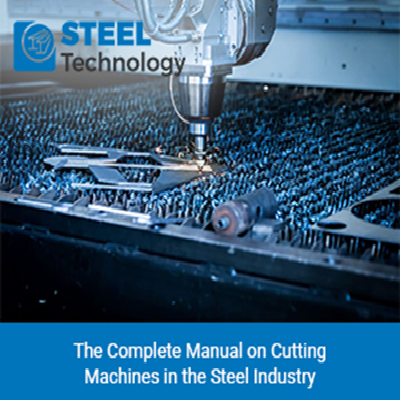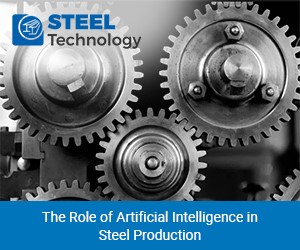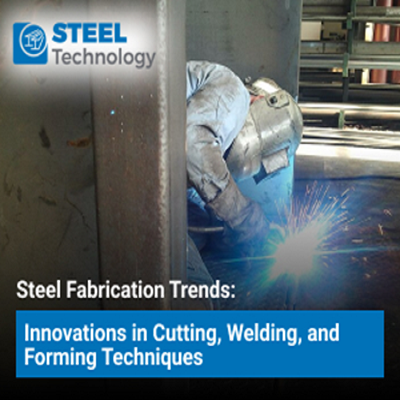Enhancing Safety in the Steel Industry: Best Practices and Risk Mitigation

Introduction:
The steel industry stands as a cornerstone of global economic development, providing the essential building blocks for infrastructure and manufacturing processes. However, the heavy industrial nature of steel production comes with inherent risks, making safety a paramount concern. This article delves into the best practices and strategies employed in the steel industry to foster a secure working environment and mitigate potential risks for its workforce.
A) Understanding the Risks:
To establish effective safety protocols, it is crucial to first comprehend the unique risks associated with the steel industry. These include:
1. Heavy Machinery Hazards:
The operation of large and powerful machinery poses a significant risk of accidents, emphasizing the need for stringent safety measures.
2. High Temperatures:
Steel production involves working with molten metal and high-temperature processes, increasing the risk of burns and fire hazards for workers.
3. Chemical Exposure:
The use of various chemicals in the production process can lead to health risks if not managed properly, necessitating careful handling and disposal practices.
B) Best Practices in Steel Industry Safety:
a. Employee Training and Education:
Properly trained and educated employees form the foundation of a safe workplace. Training programs should cover equipment usage, emergency procedures, and hazard identification.
b. Personal Protective Equipment (PPE):
The use of PPE, such as helmets, gloves, and heat-resistant clothing, is crucial to protect workers from potential hazards. Employers must ensure its availability and provide training on proper usage.
c. Regular Equipment Inspections:
Routine examinations of machinery and equipment help detect potential issues before they evolve into safety hazards. This proactive strategy supports preventive maintenance, guaranteeing the seamless operation of equipment.
d. Emergency Response Plans:
Well-defined emergency response plans should be in place, covering procedures for fire incidents, chemical spills, and other potential emergencies. Regular drills and training sessions prepare employees for quick and effective responses.
e. Temperature Monitoring and Control:
Automated systems and sensors play a crucial role in steel production by regulating and monitoring the intense temperatures involved. This assists in maintaining optimal conditions and effectively mitigates the risk of accidents and injuries.
f. Chemical Management:
Proper storage, handling, and disposal of chemicals are vital for the safety of workers and the environment. Strict protocols should be implemented, including comprehensive labeling and employee training on safe handling practices.
C) Risk Mitigation Strategies:
a. Automation and Technology:
Integrating automation and advanced technologies reduces reliance on manual labor for hazardous tasks, enhancing efficiency and minimizing worker exposure to risks.
b. Environmental Monitoring:
Continuous monitoring of the work environment for factors like air quality and noise levels helps identify potential health hazards. Implementing measures to control and mitigate these factors contributes to a safer workplace.
c. Collaboration with Regulatory Bodies:
Regular communication and collaboration with regulatory bodies ensure compliance with safety standards and provide access to the latest guidelines and best practices.
D) Continuous Improvement and Safety Culture:
a. Root Cause Analysis:
Thorough investigations into accidents and near misses through root cause analysis help prevent similar incidents in the future by identifying underlying causes.
b. Safety Audits and Inspections:
Regular safety audits and inspections, both internal and external, evaluate the effectiveness of safety measures and uncover potential hazards.
c. Employee Involvement:
Fostering a culture of safety involves actively engaging employees in the safety process, as they often have valuable insights into potential hazards.
d. Incentive Programs:
Implementing incentive programs for safety motivates employees to adhere to safety protocols, contributing to a positive safety culture.
e. Communication Channels:
Clear and effective communication channels between management and employees are essential for disseminating safety information and creating a shared responsibility for safety.
E) Health and Wellness Programs:
a. Physical Health:
Wellness programs focusing on physical health contribute to overall well-being, making employees better equipped to handle the physical demands of the job.
b. Mental Health Support:
Recognizing mental health challenges in high-stress environments and offering counseling services and stress management programs positively impact the workforce.
F) Community Engagement:
a. Environmental Stewardship: Engaging with the local community on environmental concerns, such as proper waste management and pollution control, demonstrates corporate responsibility.
b. Emergency Response Coordination: Collaborating with local emergency response teams ensures a coordinated effort in the event of large-scale emergencies, including joint training exercises.
G) Investment in Research and Development:
a. Embracing Innovative Technologies: Committing to research and development in new technologies can result in safer and more efficient processes within steel production.
b. Leveraging Data Analytics for Predictive Maintenance: Applying data analytics for predictive maintenance allows the early identification of potential equipment failures, minimizing downtime and mitigating the risk of accidents.
Conclusion:
In conclusion, creating a safe working environment in the steel industry requires a multifaceted approach. By integrating best practices, continuous improvement strategies, health and wellness programs, community engagement, and investment in research and development, the industry can effectively mitigate risks and prioritize the well-being of its workforce. Establishing a strong safety culture involves a commitment from all levels of the organization, and the ongoing evolution of safety protocols is crucial to adapting to emerging challenges and technologies. Through collective efforts, the steel industry can continue to thrive while ensuring the safety and security of its workers and surrounding communities.











